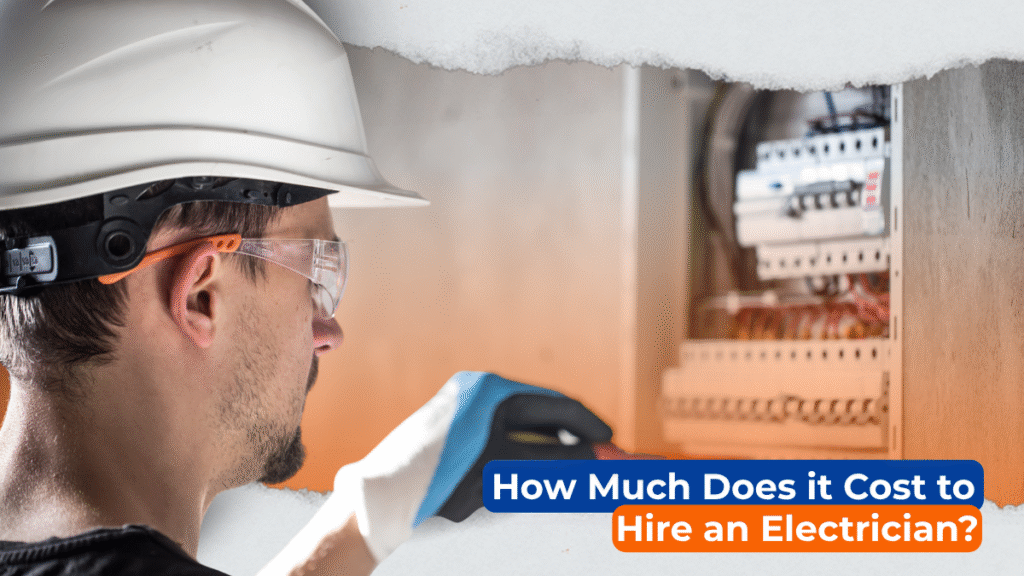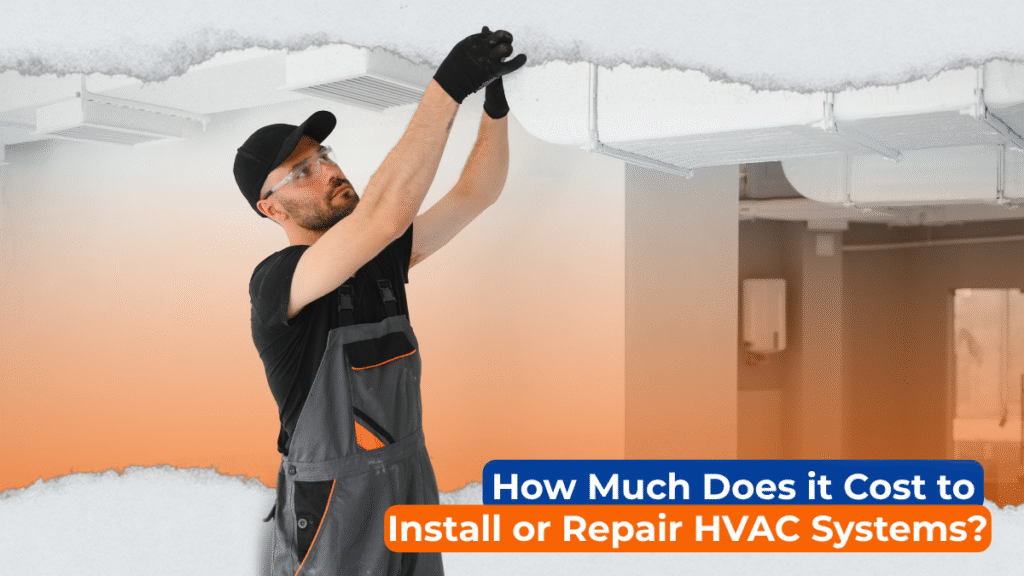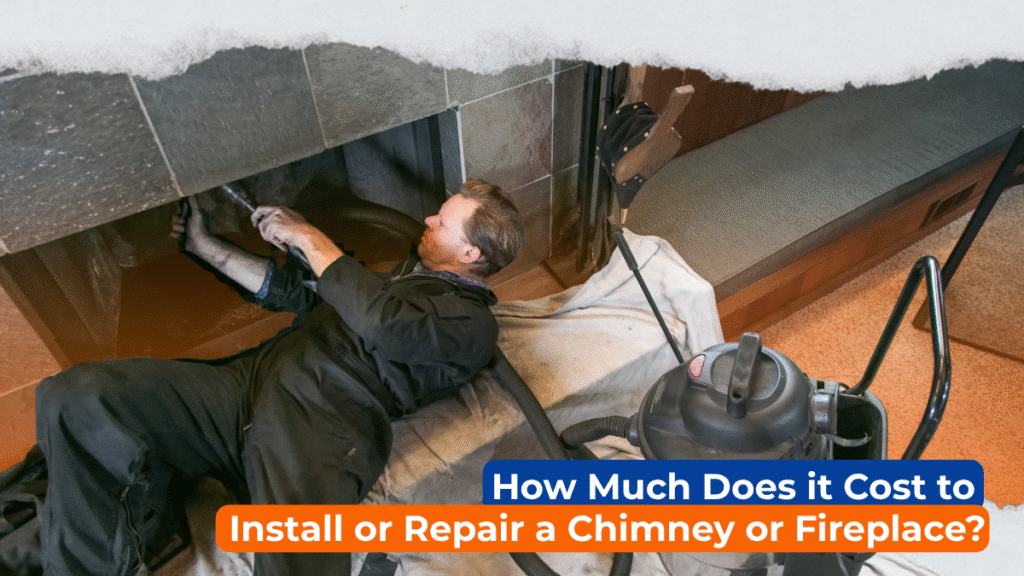Are you thinking of getting a new roof? You are not alone. A lot of homeowners have to do this major (and frequently expensive) job at some point. We can also tell you the average cost to tear off and replace a roof.
In this guide, we’ll explain what a “tear-off” means, how much it typically costs across the U.S., and what factors impact your final bill, from the size of your roof to the material you choose. Whether your roof is 1,200 or 3,000 square feet, or you’re deciding between asphalt shingles and metal, this guide breaks it all down.
What Does “Tear-Off” Mean in Roofing?
Before we talk numbers, let’s define what a roof tear-off is.

A tear-off entails taking off all the old roofing materials down to the wooden decking of your home and then putting on a new roof. This step makes sure that the new roof has a strong base and that there is no damage that can’t be seen.
A tear-off is different from a roof overlay because it lets professionals look at the roof deck, fix any rotten timber, and install the new materials with proper ventilation and insulation in mind. Most building codes and roofing guarantees say that tear-offs are necessary or at least recommended for long-lasting roofs.
National Averages: What’s the Cost?
The average cost to tear off and replace a roof in the U.S. ranges from $8,000 to $18,000, depending on the size, materials, slope, and location of your home.
Roof Size (sq ft) | Cost Range (Tear-Off + Replace) |
1,200 sq ft | $6,000 – $10,800 |
1,600 sq ft | $8,000 – $14,400 |
2,200 sq ft | $11,000 – $19,800 |
3,000 sq ft | $15,000 – $27,000 |
Most roofing contractors charge $5 to $9 per square foot, which includes the removal of the old roof, disposal of debris, underlayment, and installation of new materials.
How Roof Size Affects Replacement Costs
Roof size is one of the most important cost factors. Contractors use “roofing squares”, where 1 square equals 100 square feet, to measure and quote jobs.
How much does it cost to replace a roof on a 1,600-square-foot house?
- Size: 16 squares
- Estimated Cost: $8,000 to $14,400
- Materials: Asphalt shingles or metal panels
- Labor Time: 1 to 2 days
- Typical Design: Gable roof, single story


How much does it cost to replace a roof on a 2,200 square foot house?
- Size: 22 squares
- Estimated Cost: $11,000 to $19,800
- Materials: Upgraded asphalt, architectural shingles
- Roof Features: Skylights, dormers, valleys
- Labor Time: 2 to 3 days
How much does it cost to replace a roof on a 3,000 square foot house?
- Size: 30 squares
- Estimated Cost: $15,000 to $27,000
- Roof Complexity: Steep pitch, multiple angles
- Access Issues: More labor, equipment required
- Labor Time: 3 to 5 days

Pro Tip: A larger roof means more materials, labor, and longer install time, but also better value per square foot due to bulk pricing.
Roof Material Costs: Asphalt, Shingles, Metal, Tile and Flat
Choosing a roofing material can affect your cost by thousands of dollars. It also impacts durability, maintenance, and how your home handles storms or extreme heat.

Asphalt Roof Replacement
- Cost: $5 to $8 per sq ft
- Lifespan: 15 to 30 years
- Pros: Most affordable, easy to find/install, lots of styles
- Cons: Less durable, needs replacement sooner
Shingle Roof Replacement
- Cost: $6 to $10 per sq ft
- Types: 3-tab, architectural, designer
- Pros: Stylish, thicker than basic asphalt, higher wind rating
- Cons: Can curl or crack in extreme heat


Metal Roof Replacement
- Cost: $8 to $14 per sq ft
- Lifespan: 40 to 70 years
- Pros: Long-lasting, fire-resistant, eco-friendly
- Cons: Louder in storms, requires skilled installers
Tile Roof Replacement
- Cost: $12 to $20 per sq ft
- Lifespan: 50 to 100 years
- Weight: Heavy (may require structural reinforcement)
- Pros: Beautiful, energy-efficient, extremely durable
- Cons: Very expensive, brittle during installation


Flat Roof Replacement
- Cost: $6 to $12 per sq ft
- Materials: EPDM (rubber), TPO (thermoplastic), Modified Bitumen
- Pros: Great for low-slope structures or additions
- Cons: Drainage challenges, shorter lifespan than pitched roofs
Can Insurance or Incentives Cover Your Roof?
Many homeowners ask, “Can I get insurance to pay for my roof replacement?” The short answer is yes, but only in certain cases.
How to Get Insurance to Pay for Roof Replacement
Homeowners’ insurance typically covers “sudden and accidental” damage, not wear and tear from old age.
Qualifying Events:
- Hail or storm damage
- Tree impact
- High wind or lightning
- Ice dam collapse
To file:
- Call your insurance company ASAP after the incident.
- Take photos of the damage.
- Get a certified inspection report.
- Meet the claims adjuster.
- Choose a licensed contractor who understands insurance paperwork.
Storm Damage Roof Replacement
If a severe weather event damages your roof, it might qualify for full replacement even if only part is visibly damaged. Roof storm damage often includes lifted shingles, missing granules, or water intrusion.
Hail Damage Roof Replacement
Hail damage can cause subtle issues like cracked shingles or soft spots. These weaken waterproofing and justify a replacement under your policy, especially on asphalt or shingle roofs.
Free Roof Replacement with Solar Panels
Some solar companies offer “free roof replacement” when you install solar. The catch? It’s usually a long-term lease that includes roofing costs in monthly payments. Do the math before signing.
Free Roof Replacement Grants
Need help paying? Look into:
- WAP (Weatherization Assistance Program)
- $10,000 grant for home improvement (check local municipalities)
- USDA Rural Development Grants
- VA housing benefits for veterans
Most programs target low-income, elderly, or disabled homeowners.
Roof Replacement for Commercial & Specialty Needs
Residential homes aren’t the only structures that need roof replacements. Let’s cover some other types:
Commercial Roof Replacement
- Cost: $6 to $12 per sq ft
- Materials: TPO, PVC, metal panels, built-up roofing
- Roof Style: Flat or low-slope
- Features: High insulation value, drainage, walkability
These roofs are bigger, require heavy-duty equipment, and must meet strict energy codes.
Commercial Flat Roof Replacement
Flat roofs are popular for strip malls, office buildings, and warehouses. They may use coatings or multi-layer systems for extra durability.
- Typical Lifespan: 15 to 30 years
- Extra Considerations: Fire barriers, thermal insulation, and ponding prevention
RV Roof Replacement
Yes, RVs need roofs, too!
- Cost: $4,000 to $10,000
- Materials: EPDM, fiberglass, aluminum
- When Needed: Cracks, leaks, sun damage
- Add-ons: Skylights, solar panels, vent seals
Regular inspection and sealing can prolong the roof’s life.
RV Roof Repair
For minor issues like seam separation or vent leaks, expect costs from $200 to $1,000. This is common after long road trips or heavy storms.
What Else Affects the Cost?
Beyond roof size and materials, several lesser-known factors can raise or lower your quote:
Labor Costs
Roofing labor varies by region. In major cities, labor can account for 60% of your total price. Small towns or rural areas may charge less, but fewer contractors may mean slower scheduling.
Roof Complexity
Steep pitches, multiple layers, skylights, chimneys, and valleys increase time and safety concerns. Expect labor upcharges for complex roof architecture.
Waste & Removal Fees
Old shingles need to be removed and disposed of properly. Dumpster rentals and landfill fees add $300 to $600.
Permits & Inspections
Most cities require permits for roof replacement. Costs range from $100 to $1,000, depending on your location.
Hidden Damage
Rotted decking or termite damage under the old roof may not be visible until tear-off. Repairs could add $1 to $3 per square foot.
Conclusion: Plan Ahead
Replacing your roof is a major investment, but it doesn’t have to be a headache. With smart planning, understanding your options, and the right support tools, you can save money and avoid common mistakes.
Explore our Roofing Services or try our home planner to track roof maintenance, budget repairs, and get reminders before issues become expensive problems.
FAQs
1. Is a tear-off roof replacement better than overlaying shingles?
Yes, for most homes, the best way to replace the roof is to tear it off. It lets contractors check the roof deck for mold, rot, or damage and make sure that new materials are put in the right way. Overlaying shingles may seem cheaper, but it adds extra weight, shortens the lifespan of the new shingles, and can hide serious structural issues. Most building codes limit you to two layers, and warranties are often voided if you don’t tear off first.
2. Can I finance my roof replacement?
Yes. A lot of people who own homes choose to pay for a new roof over time. Here are several ways to get money:
- Payment options for contractors (some offer 0% interest for 12 to 18 months)
- Personal loans
- Home equity loans or HELOCs
- FHA Title 1 Home Improvement Loans
- State-sponsored programs and weatherization incentives
Always compare interest rates and repayment terms before committing.
3. Is a new roof a good investment?
Of course. A new roof makes the house look better from the street, saves energy, and increases its value when you sell it. Homeowners might get back 60% to 70% of the cost of a new roof when they sell, according to Remodeling Magazine. A strong roof also keeps your property safe from mold, water damage, and bugs, which will save you money in the long term.
4. How long does it take to replace a roof?
Most residential roof replacements take 1 to 3 days, depending on:
- The size of the roof
- Type of material (metal and tile take longer than shingles)
- Weather conditions
- Number of layers removed
- Roof complexity (steep pitches or multiple angles = more time)
For larger homes or specialty roofs (like tile or metal), it may take up to a week.
5. When should I replace my roof?
You should consider roof replacement if you notice:
- Shingles curling, cracking, or missing
- Granules in the gutters (from asphalt shingles)
- Water stains on ceilings or walls
- Mold or mildew in the attic
- Soft spots when walking on the roof
- It’s 20+ years old (for asphalt shingle roofs)
Getting regular roof inspections every 2 to 3 years helps catch problems early.
Need Help Managing Big Repairs Like Roof Replacements?
Whether you’re dealing with storm damage, planning a full roof tear-off, or just trying to stay ahead of home maintenance, Dr. HomeFixer is here to make it easier.
- Track roof repairs and seasonal inspections
- Get reminders before small issues turn into big ones
- Know when it’s time to DIY and when to call in a pro
No guesswork. No stress. Just wiser home care, all in one place.




